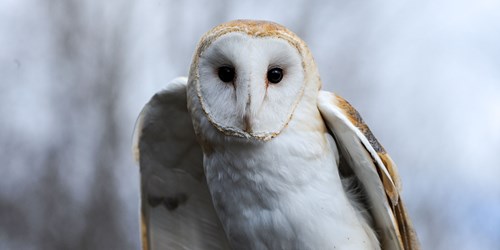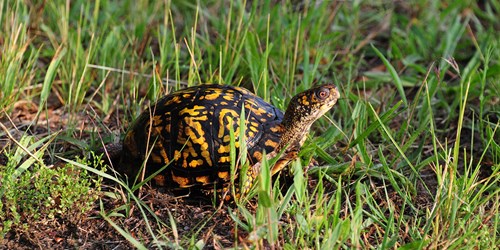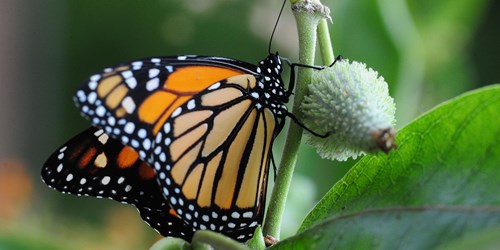
Conservation and Restoration
Protecting what we have so future generations can enjoy the unspoiled land, and the clean air and water that we enjoy.
Metroparks actively works to preserve the best examples of northwest Ohio’s natural areas for public enjoyment. Protecting forests, grasslands, rivers, and wetlands, promoting sustainable use, is the most important work that we do.
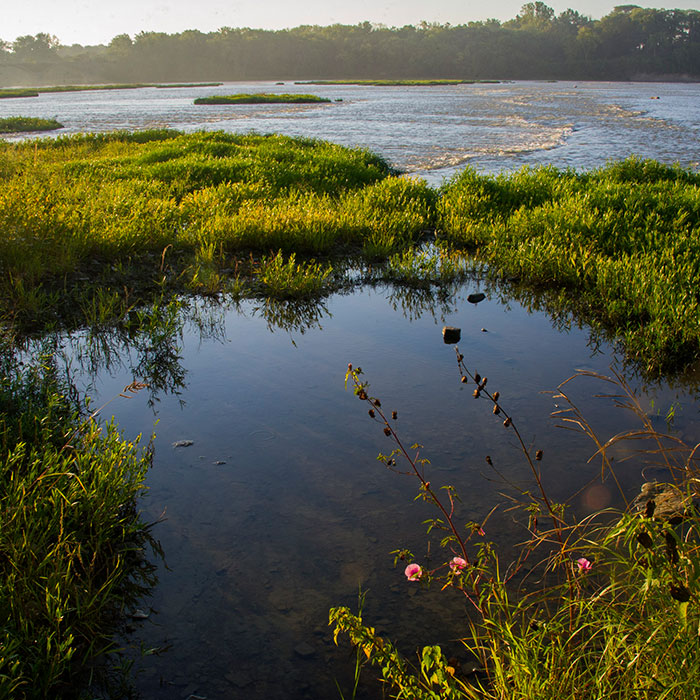
Water and Air Quality
Being in such close proximity to Lake Erie, northwest Ohio residents are concerned about water quality – and rightly so. However, Metroparks Toledo’s greatest opportunities for improving water quality don’t lie in Lake Erie, but on the many lakes, rivers and waterways that speckle our region.
Invasive species removal along banks at Neis Ditch, the rerouting of Blue Creek, the restoration of a former agricultural space to a stream in Cannonball Prairie, and preserving the banks of the Maumee are all ways Metroparks Toledo is turning the tides for water quality in the region. Thanks to projects like Howard Marsh and Middlegrounds, in addition to work through the Blue Creek Native Nursery, native species are returning to the area in droves, and the region becomes a healthier place to live – both for your peace of mind and for your drinking supply – with every non-native plant replaced with a native one.
Metroparks is taking an active role in restoring air quality. Fortunately, planting natives and supporting local wildlife, which Metroparks Toledo initiatives do, improves air quality as well.
It’s a natural progression: As your water and earth become cleaner, so does the air. Metroparks Toledo’s commitment to planting only native plant species and removing invasive and non-native species like pine trees and honeysuckle encourages a healthier circle of life. Air quality is part of that circle.
Habitat Loss and Fragmentation
Habitat loss, either due to invasive species taking over or because of human intervention, is a major concern here at Metroparks Toledo. But the destruction of animals’ homes isn’t the only concern; it’s also important to think about habitat fragmentation.
Think about it this way: it’s better to have one 1,000-acre patch of a habitat than to have 1,000 one-acre patches of land. By providing species with an interconnected, open space, we enable those species to thrive, living as normal lives and as free from human impact as possible.
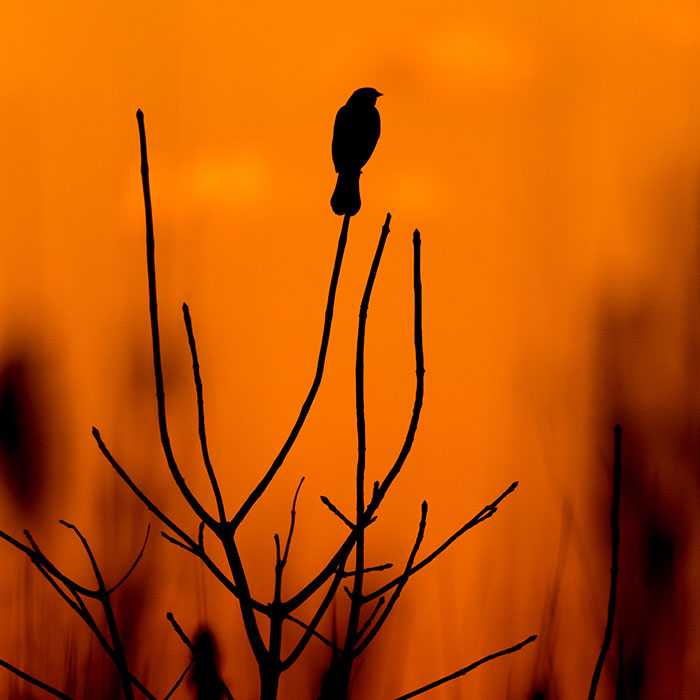
Research and Monitoring
Here in northwest Ohio, our home is a hub of biodiversity. In order to sustain and encourage the growth of that biodiversity, Metroparks associates and our partners frequently conduct research and stay ahead of ecological changes in the region. That research supports our mission to protect and understand at-risk species, and encourages widespread education of our environment.
*Permits are required when conducting research on Metroparks property. To request an application, please email Karen Menard at karen.menard@metroparkstoledo.com or call at (419) 407-9705. For more information, visit our research permits page.
-
Bird Monitoring
-
Turtle Monitoring
-
Pollinators

Land Acquisition
Since 2003, Metroparks has put intentional emphasis on protecting northwest Ohio by increasing its holdings. Today, Metroparks maintains more than 12,000 acres throughout the region. Once new land is acquired, Metroparks employees and volunteers set to work to restore what once lived there. Replacing invasive species with native plants, implementing prescribed burns and managing wildlife begins.

